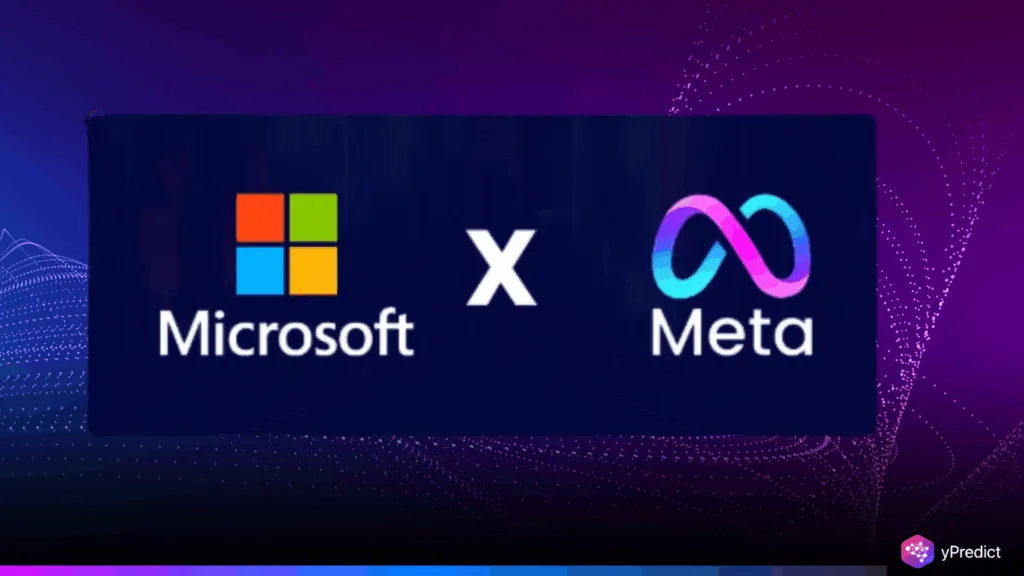
The AI race is no longer about experimentation, it’s about scale, speed, and infrastructure. Meta and Microsoft have made it clear: if you’re serious about winning with artificial intelligence, you need the most powerful stack available. That stack, in today’s ecosystem, comes from Nvidia.
Over the past two years, both tech giants have aggressively expanded their AI infrastructure with Nvidia’s high-performance GPUs and compute platforms. The results? Tangible revenue gains, skyrocketing product rollouts, and strategic dominance in enterprise AI growth. Nvidia, once known primarily for gaming chips, is now the backbone of a new industrial revolution led by compute power.
Why Meta and Microsoft Bet Big on Nvidia
Meta’s Llama models demand massive compute capacity. To serve billions of users in real time with AI-powered tools, Meta has scaled up its use of Nvidia H100s and custom data center deployments. This investment is not abstract. It’s visible in Meta’s strong Q2 numbers and its leadership in open-source AI models that are catching up to GPT-4.
Microsoft, meanwhile, is embedding generative AI across its ecosystem, from Copilot in Microsoft 365 to Azure OpenAI services. Microsoft has partnered directly with Nvidia to scale GPU clusters in the cloud, ensuring unmatched latency and throughput. Their bet is simple: the more AI services you offer, the more customers you attract. And with Nvidia AI infrastructure, Microsoft is executing that strategy faster than the competition.
How OpenAI and xAI Also Depend on Nvidia
OpenAI’s rise has been tightly interwoven with Nvidia. The GPT models that power ChatGPT run on superclusters built with Nvidia GPUs. Without that infrastructure, OpenAI would struggle to serve millions of users daily, let alone launch new features. Even Elon Musk’s xAI, which recently launched the Grok model, is scaling up using thousands of Nvidia chips.
This isn’t coincidence, it’s a reflection of Nvidia’s position as the world leader in AI compute platforms. Both startups and legacy players depend on its ecosystem to build, train, and deploy large models. And as models grow, the need for reliable and scalable compute grows too.
Nvidia’s AI Stack Fuels Product Innovation
Nvidia isn’t just selling chips. Its full-stack approach, including CUDA software, networking solutions, and AI frameworks—makes it indispensable. Enterprises don’t just need GPUs; they need systems that can train massive models, deploy them in production, and scale them across regions.
Meta’s product launches, like AI agents for Instagram and Threads, were made possible by this infrastructure. Microsoft’s seamless Copilot integration also leans heavily on the same stack. Nvidia AI infrastructure has evolved from a hardware solution to a strategic enabler for the future of AI.
The Business Case for Scaling with Nvidia
Building AI tools is expensive. Running them at scale is even more challenging. Companies that invest early in the right platforms gain a critical edge. Meta and Microsoft saw this early, and their results speak volumes.
Smaller players looking to compete must make similar choices: either build on the best infrastructure or risk falling behind. Nvidia offers that foundation, and with demand for AI services exploding, every major enterprise now needs to consider this playbook.






